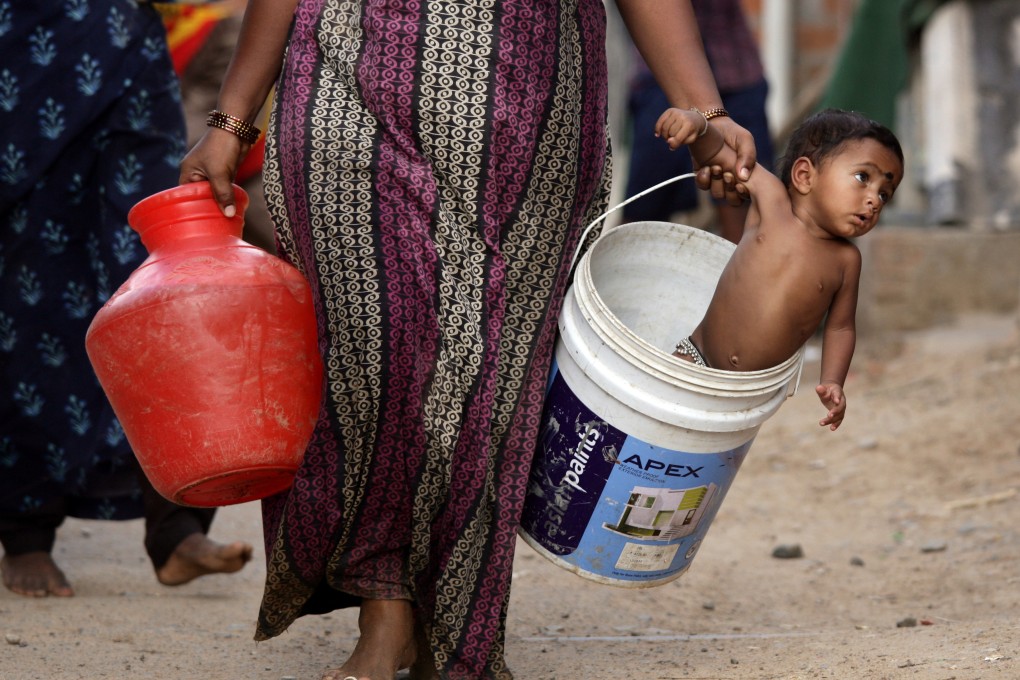Advertisement
Opinion | China’s population is shrinking while India’s is growing, but both economies face demographic woes
- China is facing productivity challenges with an ageing population and shrinking workforce, while India risks missing its demographic dividend as its growing population overwhelms economic planning
Reading Time:3 minutes
Why you can trust SCMP
3

India and China, the world’s two most populous countries with more than 1.4 billion people each, are facing rapid demographic changes in the coming decades that threaten their hard-earned economic progress.
Advertisement
China faces a shrinking, ageing population that will dampen its economic productivity while India’s challenges are the opposite – its population growth, much of it among the poor, uneducated and malnourished, will put increasing pressure on society and the state.
As the world’s largest democracy, India is projected to overtake China as the world’s most populous country next year, according to the latest annual UN World Population Prospects. Just three years ago, the UN projection was for India to overtake China around 2027. By 2050, China’s population is expected to have fallen to about 1.32 billion while India’s will have hit 1.67 billion.
For China, falling fertility is the main cause of population decline. Its total fertility rate has dropped from about 2.6 in the late 1980s, above the 2.1 required to replace deaths, to just 1.16 last year.
The country abandoned its one-child policy and began allowing couples to have two children in 2016 in response to demographic concerns, before expanding the threshold to three children last year. But the policy U-turn has had little effect in halting the population decline because most people have become used to having a smaller family, and few parents are choosing to have a second child.
Advertisement
Another reason is gender imbalance. After more than three decades of the one-child policy in a society that favours boys, there are, quite simply, fewer women of child-bearing age, a problem of “missing women” that has afflicted rural areas especially.

Advertisement
